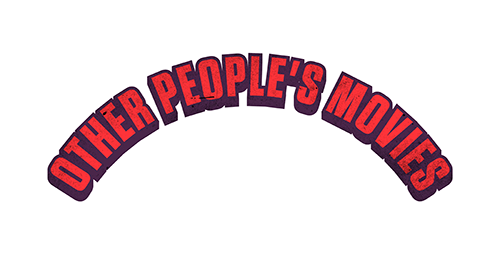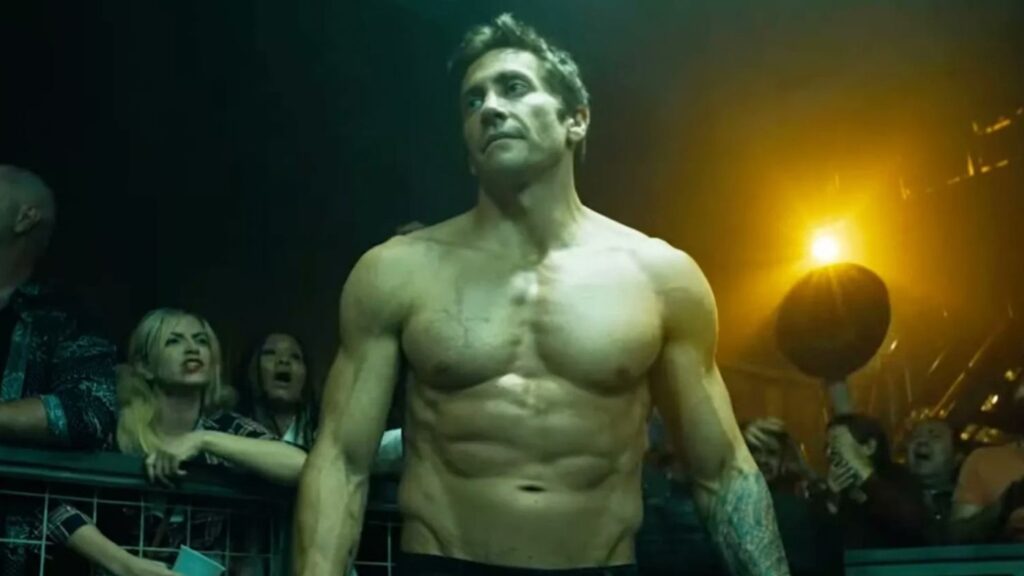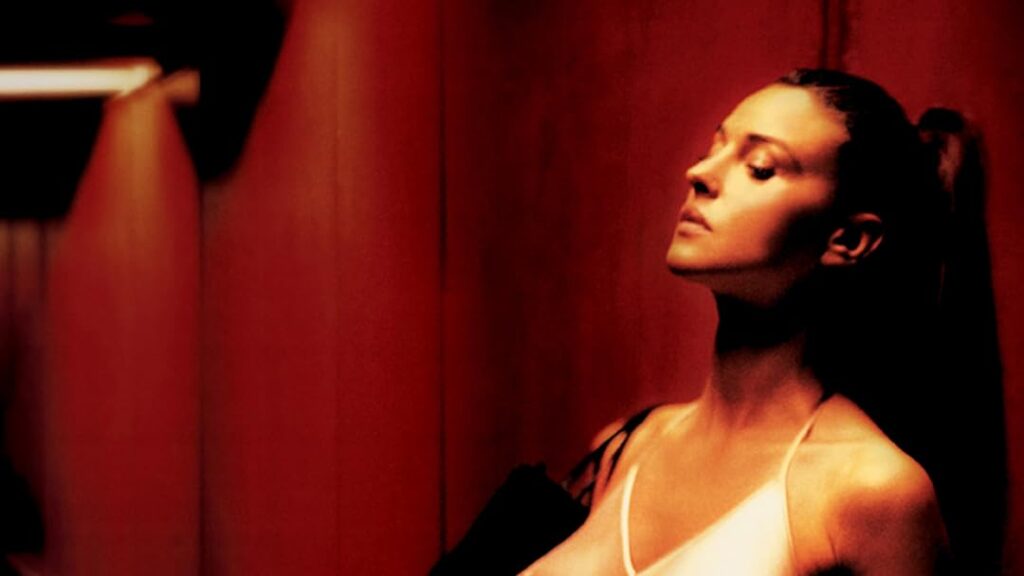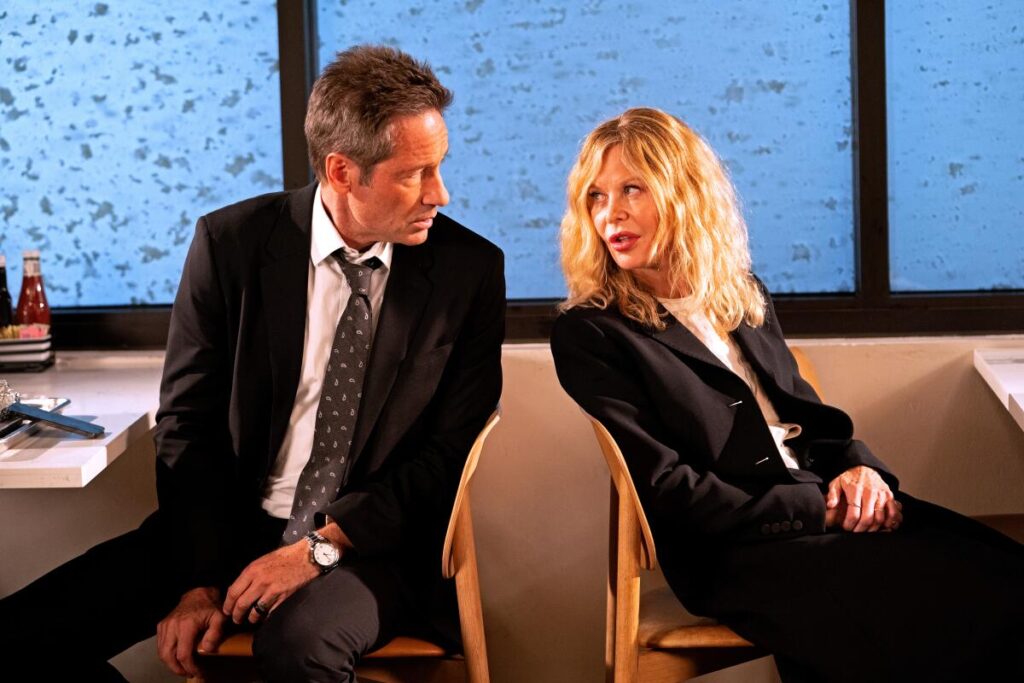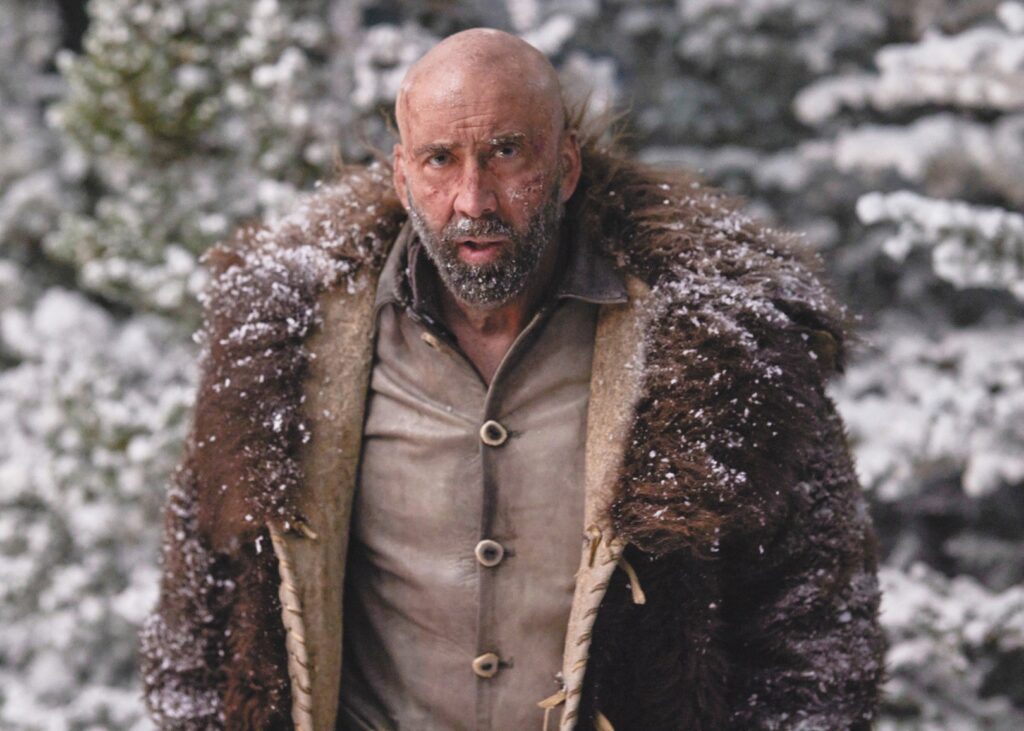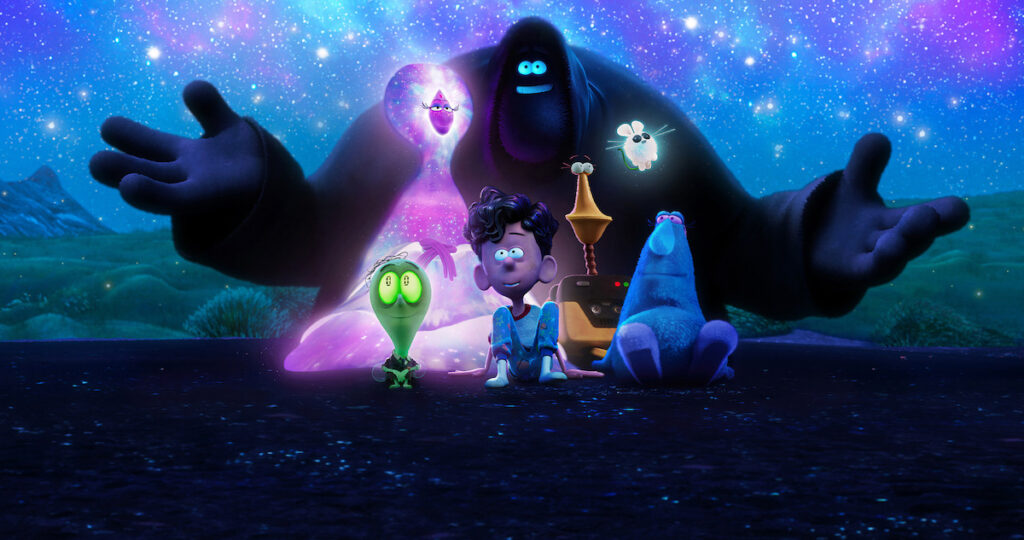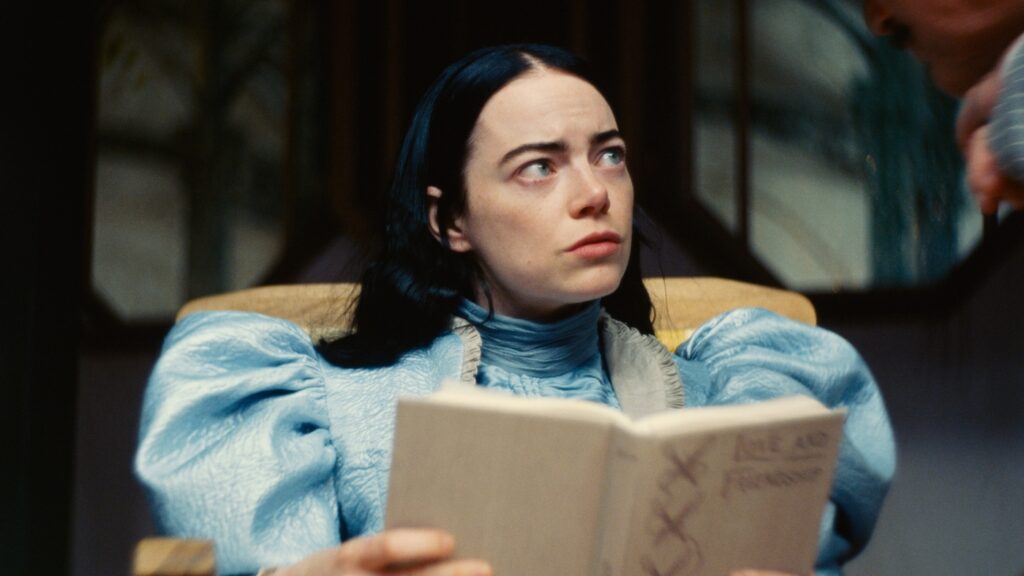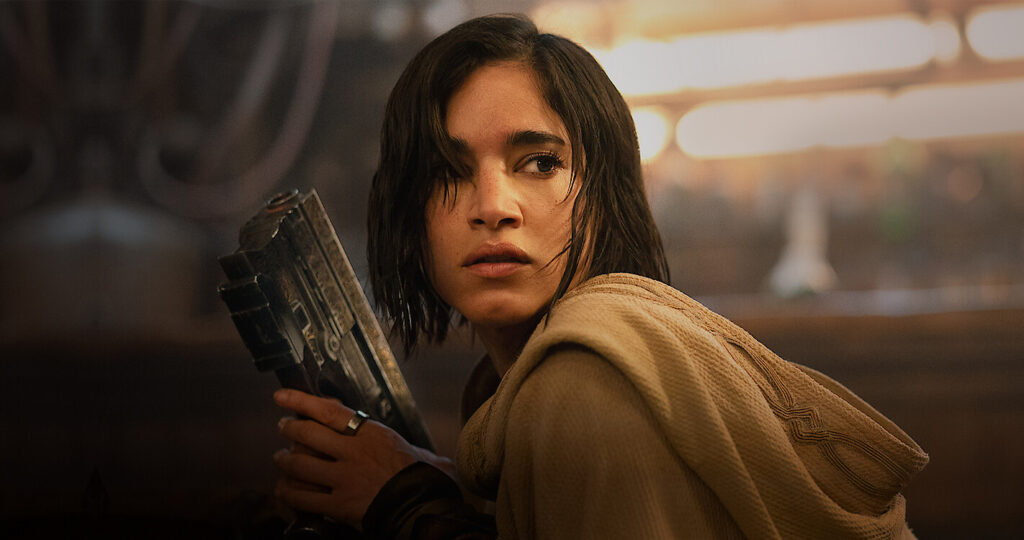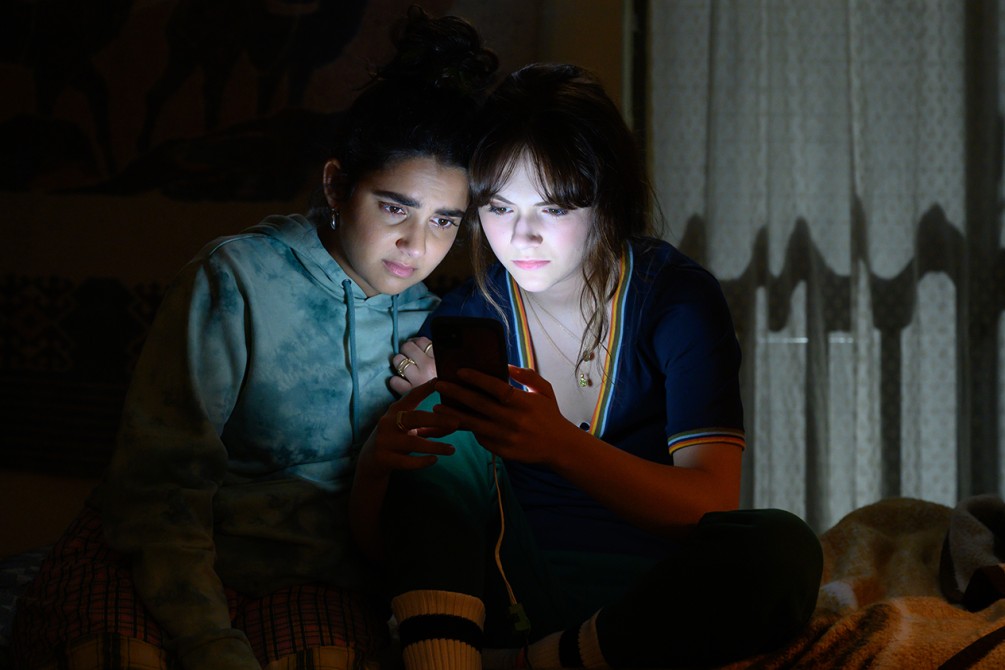
Cat Person opens with the following quote from author Margaret Atwood: “Men are afraid that women will laugh at them. Women are afraid that men will kill them.” There could not be a better summary of the themes explored in the film, and the quote comes to mind often while watching it. Could men really be that insecure and could women truly find them that terrifying?
Cat Person answers both questions with a resounding and definitive “yes.” Men really can be so insecure that they exhibit behavior that terrifies women, and women’s reaction to men’s insecurity can be confusing and humiliating for men to experience. It’s a vicious circle without an easy solution that has existed since the beginning of humanity, and it doesn’t appear that it will be resolved anytime soon. The best we can do is acknowledge it and try to understand it, which is exactly what Cat Person attempts to do and succeeds at marvelously.
A college sophomore (Emilia Jones) develops a crush on an older man (Nicholas Braun) who frequents the movie theater at which she works. They begin an innocent flirtation that becomes constant texting, which eventually evolves into dating. The relationship becomes increasingly awkward the closer the two become, and the stark differences in their personalities and ages become impossible to ignore. She soon begins to suspect that he might be dangerous, and is unable to tell if it’s just her imagination responding to a lifetime of fears that result from being a woman.
Cat Person gets inside the head of its female protagonist and tells the story from her point of view. Jones’ excitement is contagious when the film’s core relationship is in its honeymoon phase, and her hesitation and growing discomfort are clearly communicated as it progresses. We see her hopes and desires at first, making it quite clear why she is drawn to Braun and what she hopes to get out of knowing him. We also see her mind racing through multiple terrifying scenarios in moments of uncertainty and potential danger, always keeping the audience as on edge as she is while she tries to figure out who the man that she is attracted to actually is.
One of the reasons Cat Person works as well as it does is because it refuses to create black-and-white characters who are only one thing. Jones is never a complete victim, and Braun is never a complete villain. They are simply two confused people trying to find love while dealing with their fears, faults, and insecurities. The extent to which they both go to feel happy and/or safe may hurt and/or alarm one another, but their actions are always understandable—if not entirely sympathetic—on a basic human level.
Jones and Braun are both excellent in their roles, creating believably relatable characters who share a highly naturalistic chemistry. You never catch either one of them acting, as they both inhabit their roles thoroughly and with the appearance of ease. Jones’ naïve-yet-intelligent college girl goes through a plethora of conflicting states of being—lust, terror, happiness, sadness, excitement, disinterest, curiosity, confidence, shame—and is convincing with every one of them. Braun takes great care in consistently making his character’s intentions ambiguous throughout the film. The results are admirably and complexly layered–no matter how innocent or dangerous he may appear to be at select moments.
Cat Person was directed by Susanna Fogel with a screenplay written by Michelle Ashford that was based on the short story by Kristen Roupenian. Ashford and Roupenian’s writing/themes are carefully handled and successfully relayed by Fogel, who sturdily and maturely constructs the film without drawing attention to herself. The writing and the performances are able to be at the forefront without any directorial vanity interfering. The subtle filmmaking helps to tell the story as tightly, clearly, and effectively as possible.
Cat Person is a film told from a much-needed and legitimate female perspective. Speaking as a man, it was an enlightening experience that helped me to somewhat make sense of years of female behavior that, admittedly, had previously befuddled me. Like any man, I’ll never be an expert on or come close to knowing everything there is to know about women. However, movies like this one are, at the very least, a step in the right direction towards trying to understand a reality outside of my own.
GRADE: A
